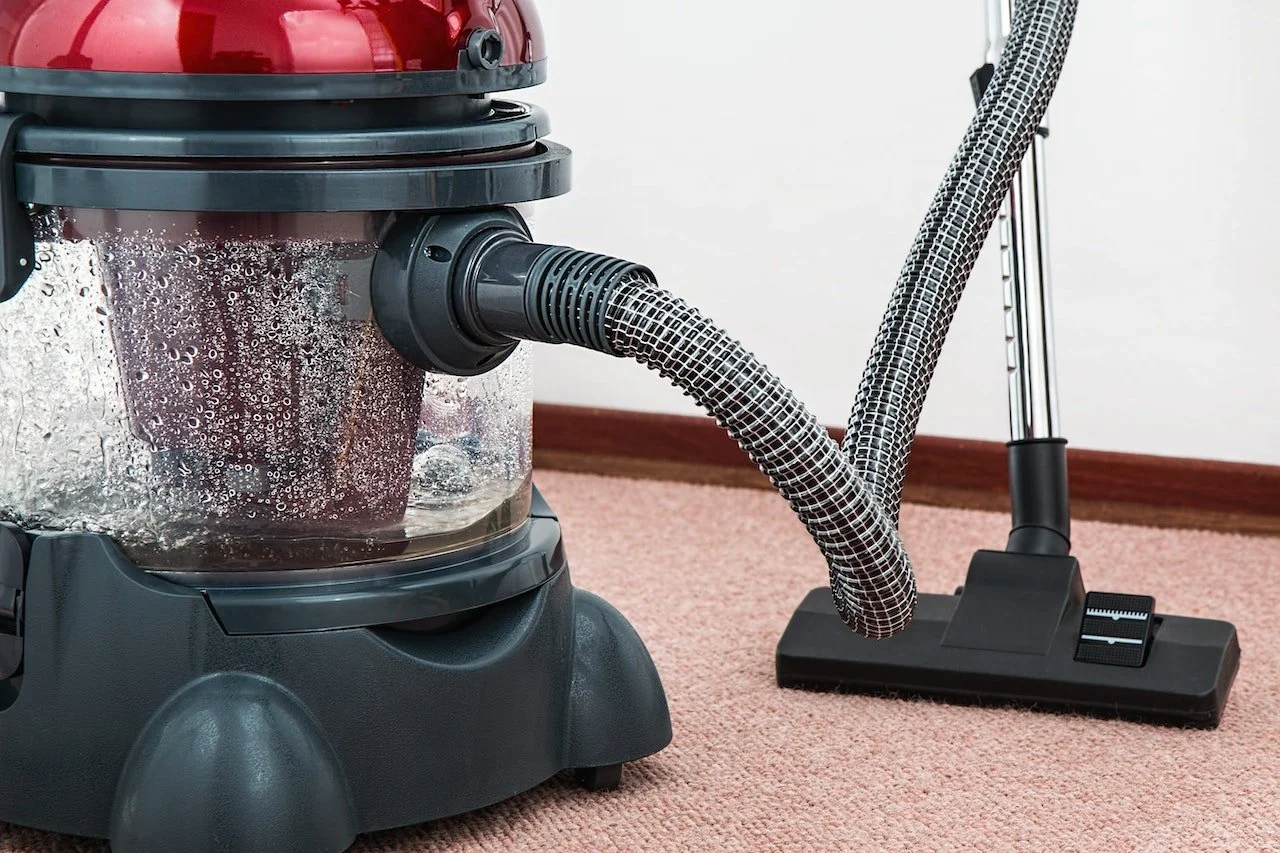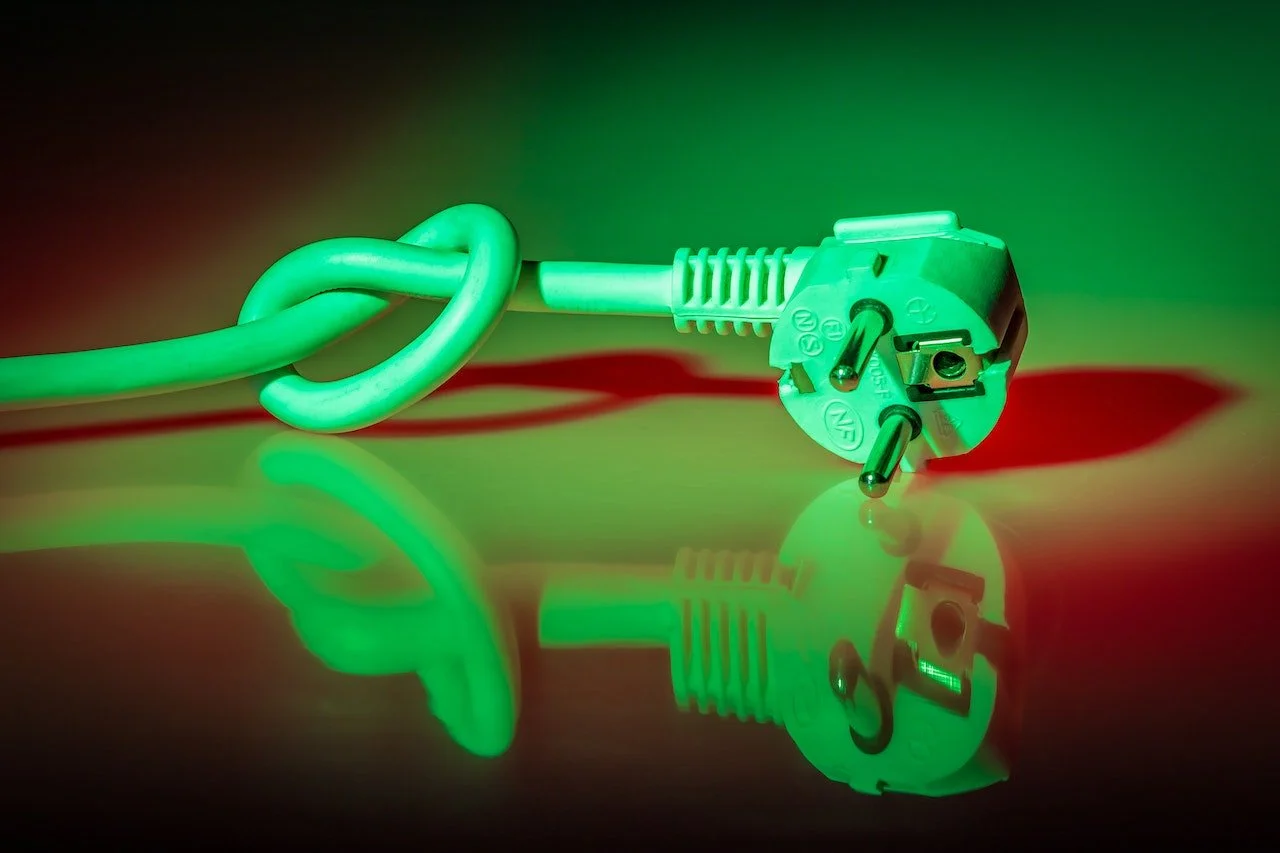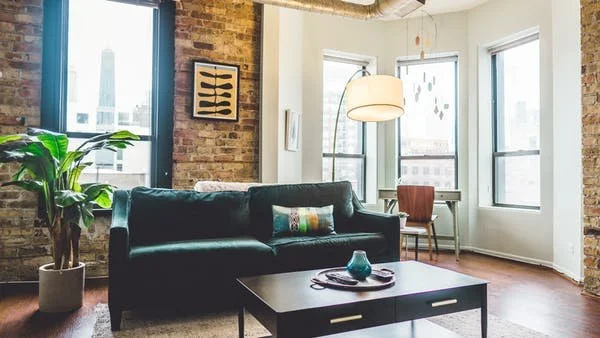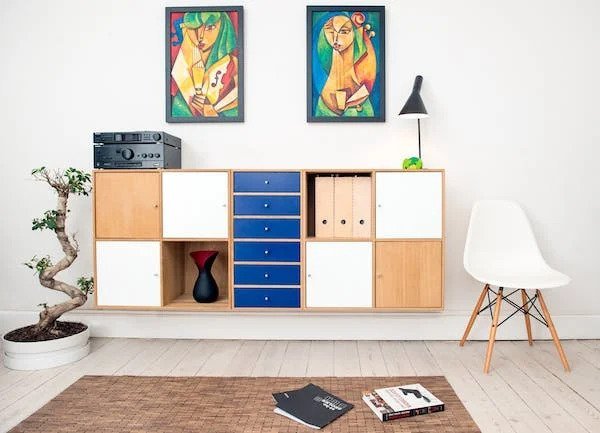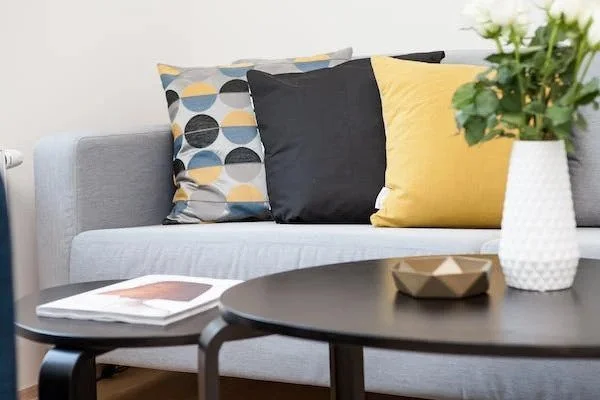Tips for Making Your House Feel More Comfortable
RH Business Marketing Solutions
Do you notice your house not being cozy during winter times? Is it too cold or too warm in different parts of your house? Does it feel messy all the time? Making a house comfortable is essential as it improves your mood. Let's look into ways that can add comfort to your house.
Permitting Sunlight in the House Can Make it More Comfortable
Allowing sunlight to enter your home is a wonderful way to make it feel more comfortable.
How Does Sunlight Enhance the Mood?
Winters can be depressing due to the lack of sunlight. Sunlight can brighten your home if you allow it to come in, making it feel welcoming.
How Much Sunlight Makes a Home Comfortable
It depends on the weather. If it is cold, open your windows and allow the sunlight to enter as much as possible. However, if the day is hot, you should prefer using different quality curtains.
Curtains for Required Sunlight
During summer days, when you don't want extra sunlight to come in, you can use light-material curtains made of cotton. Curtains made out of cotton filter the light to pass through. Sunlight is important, so you shouldn't block it. Just allow the right amount to enter to energize your place.
Add Dual Pane Windows
Dual pane windows have many features that can make your house comfortable.
Maintain the Inside Temperature
The temperature inside your house doesn’t fluctuate much with double-paned windows because of the extra insulation. You won’t have to repeatedly turn the heaters on. When the inside temperature is maintained, you will feel more comfortable.
How Do They Make the House Comfortable?
They make the home energy efficient, and a home that is energy efficient is preferred over one that is not. Such homes are comfortable as they provide long-term benefits. You can look for window experts to upgrade your windows to dual-pane ones to achieve comfort.
Soundproof
Installing dual-pane windows prevent all loud outside noises from disturbing you. You will be at peace when the irritating sounds stop entering your home. Your neighbor’s dog barking or the loud construction noises will be lessened.
The elimination of loud noises will make the place comfortable. You will work peacefully. Working from home will become very comfortable. Installing dual pane windows motivates such people to offer large sums of money for a peaceful environment.
Add Beauty to the House
Dual pane windows come in many different styles. With adding to your home, dual pane windows also give beauty, and they can retain the same looks even after years because they are high quality and can withstand scratches. A mess-free house with fresh looks always looks aesthetic.
Add Planters and Avoid a Mess
Adding planters to your home can make it cozy. Plants improve air quality, help you breathe better, and freshen up the place. Moreover, when adding plants, be sure to tidy up the place. When a place has items scattered around, it looks untidy, creating an uncomfortable feeling.
Indoor Plants
Adding live plants inside your home will make it calm. It is an eco-friendly way to make your house comfortable. Here’s a list of indoor plants that make you comfortable
● Spider plant
● Peace lily
● Rubber plant
● Snake plant
● Ferns
● Pothos
● English ivy
● Herbs
Donate Items You Don’t Use
Take some time out and start collecting items you no longer require. Giving away extra stuff will make your house clean and make you happy too. You will eliminate the clutter that used to pile up every time. A clean house is a comfortable place.
Storage Boxes
Use storage boxes to put away items that are not used daily. Only display the things you use on a daily base. Move the rest to storage boxes and keep them in the basement. Take them out when required. There will be less dust accumulation, too, when the items are kept away.
Keep the Place Organized
Sometimes you can have books lying around the place. Some things might need fixing. For example, once you clear the mess you can find space to throw a beautiful rug on the floor. It’s advised to use machine-washable area rugs so that you can easily wash them if they get dirty. Bring a bookshelf for the books. Such renovations will make your home tidy and comfortable.
Conclusion
By renovating your place, you can make your home cozy and comfortable. Ensure your health by making your house comfortable because you will feel satisfied from the inside. Read the tips and enjoy.
Guest Contributor: Hannah Boothe




